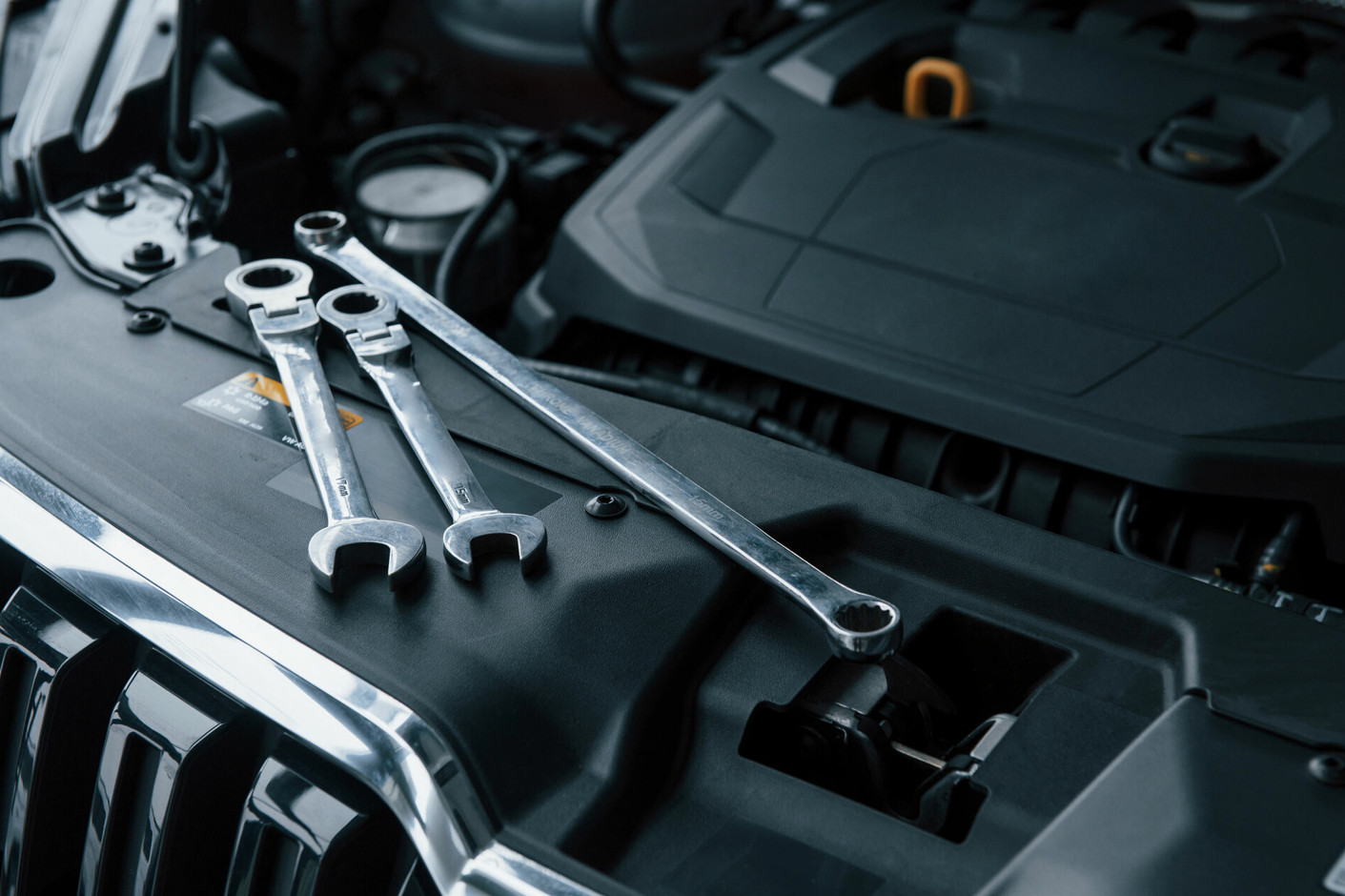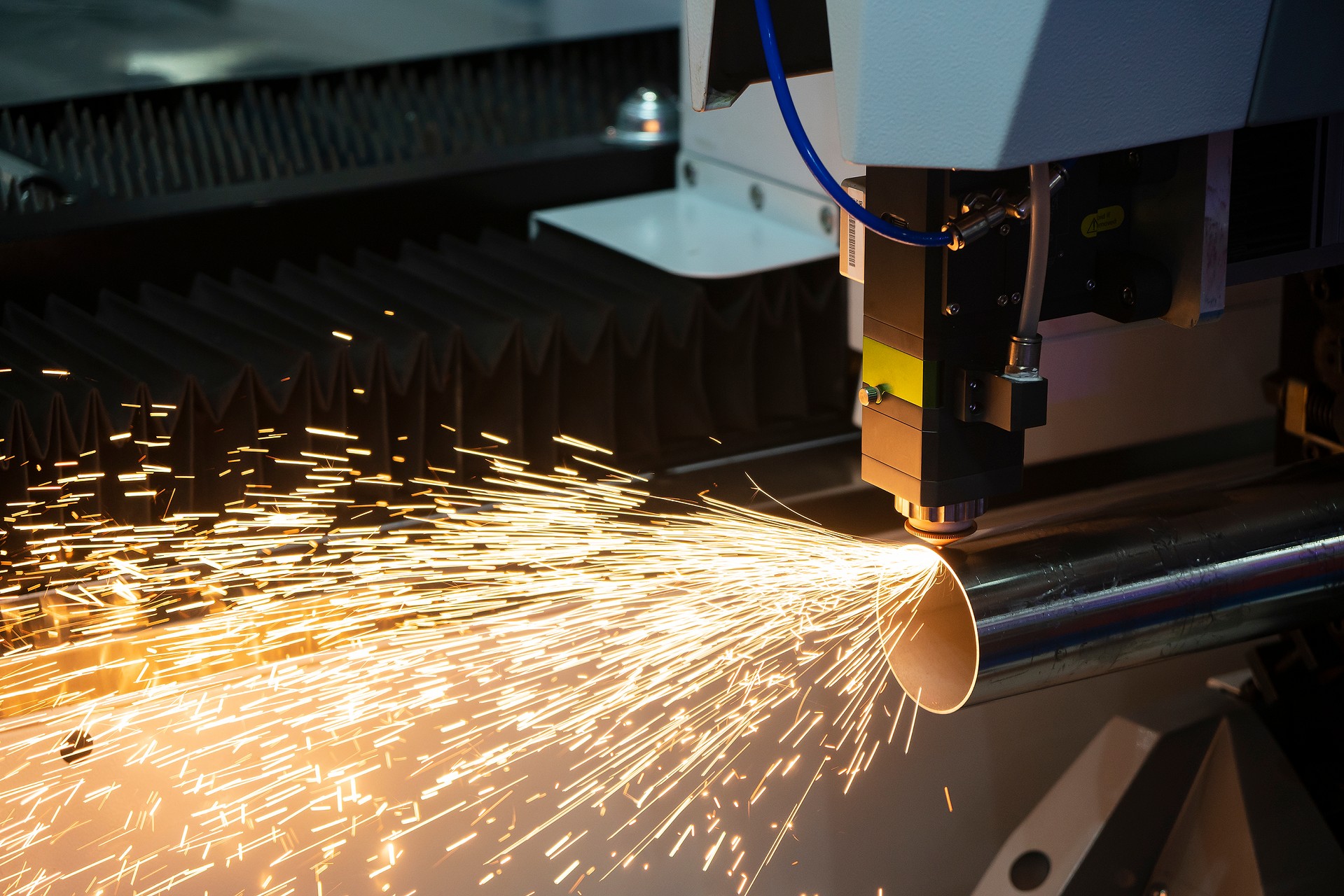Despite their seemingly simple design, screws have played a crucial role in various industries, from manufacturing and construction to everyday household use. They have a rich history and have undergone significant advancements in materials and design. In this article, we will examine various types of screws and their applications.
What is a screw?
A screw is a type of fastener with a helical thread around the outside of its shank. It is tightened or released by applying a twisting force (torque) to the head. The most common use of screws is to hold objects together, and they come in a variety of forms and materials designed for particular applications.
Some screws are designed to be screwed into an already existing hole, called a 'pilot hole.' Other screws do not need a pilot hole but can drill their own hole as they turn into the material. An example of this kind of screw is a wood screw, used to screw into soft material without the need for a pilot hole.
Another special type of screw that does not need a pilot hole but can drill into hard materials like metal is the self-drilling screw. This type of screw has a drill-like point that creates a pilot hole as it turns into the material, with threads further down the shank that grip the material as the screw is tightened. These are often used for metal framing, construction, and HVAC installations.
History of Screws
The history of screws dates back to ancient times, with the earliest known examples found in ancient Greece and Rome. However, it was not until the 15th century that the first recognizable screw-cutting lathe was invented by Jacques Besson. This invention marked a significant milestone in the mass production of screws. The first documentation of the screwdriver being used to drive screws is in the Medieval Housebook of Wolfegg Castle, a manuscript written in the 1400s. The metal screw did not become a common fastener until machine tools for mass production developed toward the end of the 18th century.
The first wood-screw factory in the UK was set up in 1776 by brothers Job and William Wyatt of Staffordshire, UK, and in the 1780s, they were producing 16,000 screws a day. Meanwhile, in 1777, the English tool-maker Jesse Ramsden invented the first workable screw-cutting lathe, capable of mass production. In 1821, Hardman Philips built the first screw factory in the United States, near Philipsburg, for the manufacture of blunt metal screws. Throughout the 19th century, further improvements to the mass production of screws continued to push unit prices lower and lower. In the early 1930s, American Henry F. Phillips popularized the Phillips-head screw.
Various Types of Screws and Their Applications
Wood Screws: Wood screws typically have a tapered point and coarse threads designed for better grip in wood. They are commonly used in woodworking projects, furniture assembly, and the construction of wooden structures.
Machine Screws: Machine screws have a uniform diameter and finer threads, often used with nuts or tapped holes. They are used for fastening metal parts together in machinery, appliances, and electronic devices.
Sheet Metal Screws: These screws feature a sharp, self-tapping point and coarse threads, suitable for piercing and fastening in thin metal sheets. They find common use in HVAC systems, automotive assembly, and roofing applications.
Drywall Screws: Drywall screws have a sharp point and wide threads, providing easy penetration through drywall while being strong enough to secure a firm hold to wood or metal studs. The heads are set flush with or below the drywall surface without breaking the paper covering, resulting in a smooth finish.
Screw Sizes
Metric Screws: The nominal diameter of a metric screw is the outer diameter of the thread. The tapped hole (or nut) into which the screw fits has an internal diameter equal to the size of the screw minus the pitch of the thread. For example, an M6 screw, with a pitch of 1 mm, is produced by threading a 6 mm shank, and the nut or threaded hole is created by tapping threads into a hole with a 5 mm diameter (6 mm – 1 mm).
Unified (Inch) Thread System (UTS) in the United States and Canada: Unlike most other countries, the United States and Canada still use the Unified (Inch) Thread System (UTS). The size of a UTS screw is described using the following format: X-Y, where X is the nominal size (the hole or slot size through which the shank of the screw can easily be pushed) and Y is the threads per inch (TPI). Although the United States and Canada are gradually transitioning to the ISO Metric System, approximately 60% of screw threads in use in the United States are still inch-based.
Screw Manufacturing
The majority of modern wood screws, except for those made of brass, are formed on thread rolling machines. These screws have a constant diameter and threads with a larger diameter than the shank and are stronger because the rolling process does not cut the grain of the metal. There are three steps in manufacturing a screw: heading, thread rolling, and coating.
Heading
Screws are normally made from wire, which is supplied in large coils, or round bar stock for larger screws. The wire or rod is then cut to the proper length for the type of screw being made; this workpiece is known as a blank. It is then cold headed, which is a cold working process. Heading produces the head of the screw. The shape of the die in the machine dictates what features are pressed into the screw head; for example a flat head screw uses a flat die. This production method is used because heading has a very high production rate, and produces virtually no waste material.
Thread Rolling
Thread rolling is the process where threads are formed into a blank by pressing a shaped tool, commonly called a 'thread rolling die,' against the blank. There are four main types of thread rolling: flat dies, two-die cylindrical, three-die cylindrical, and planetary dies. In each of these forms of die rolling, the blank is placed between the dies at one end of the dies. The dies slide over the blank, causing the blank to roll between them and forming the threads. Before the dies reach the end of their stroke, the blank rolls off the die in a finished form.
Coating
For most screws, a coating, such as electroplating with zinc (galvanizing) or applying black oxide, is applied to prevent corrosion.
Material Considerations
Carbon Steel: The most common material used for making screws is carbon steel. It is chosen for its cost-effectiveness, good mechanical properties, and ease of manufacturing. It is well-suited for many general-purpose fastening needs where corrosion resistance is not a primary concern.
Stainless Steel: On the other hand, for screws used in situations where resistance to corrosion, rust, and staining is crucial, stainless steel is most commonly used. Stainless steel offers excellent corrosion resistance due to the presence of chromium, making it suitable for applications in environments with high moisture or exposure to corrosive substances. While stainless steel screws are more expensive than carbon steel screws, they are preferred in specific industries, such as marine, chemical, and food processing, where corrosion resistance is a critical factor.
Steel Alloys: For applications such as heavy machinery requiring high tensile strength, high-strength alloys, such as titanium and nickel-based alloys, might be preferred. Specialized alloys can be used for screws connecting exceptionally hard materials like hardened steel. Steel alloys can be chosen to make specialized corrosion-resistant fasteners. Because stainless steel is not a good conductor of electricity, for applications requiring electric conduction, screws can be made of copper or brass.
Conclusion
Screw manufacturing has come a long way from the simple handcrafted designs of ancient times to the precision-engineered screws produced with cutting-edge technology today. As materials and design continue to advance, screws will continue to play a vital role in supporting the structures and systems we depend on. Whether it's in construction, manufacturing, or household applications, the humble screw remains an essential and often overlooked component that holds everything together.





.png)








